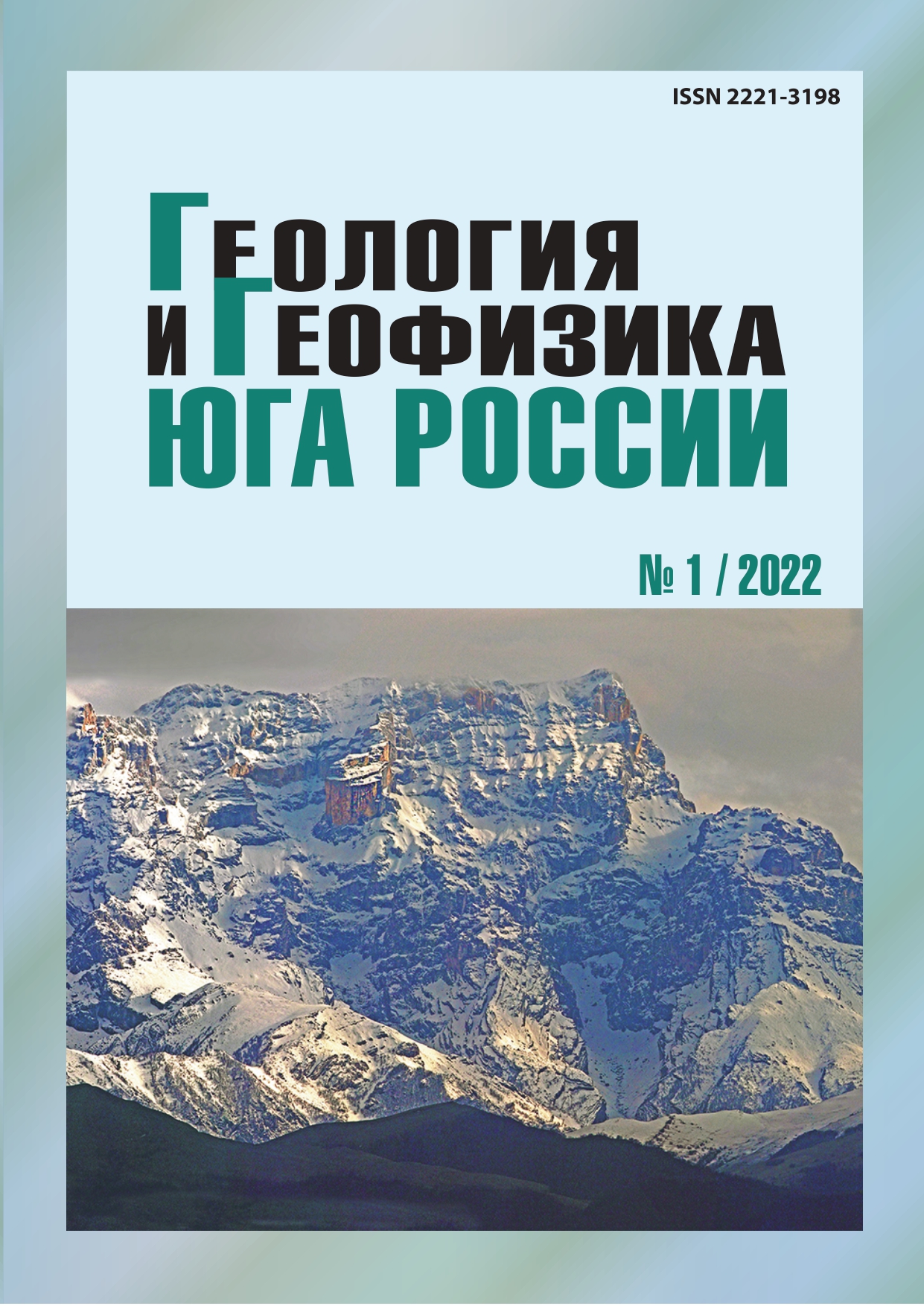Geoecological risk management and problems of sustainable development of mountain territories
Abstract
Relevance. The tendency to increase the danger and risk of natural and man-made disasters poses a threat to humanity both at the global and national and regional levels. In this regard, fundamental and applied science is put forward as priorities, designed to develop and develop new directions and approaches to solving problems of safety theory and applied methods for analyzing and managing the risk of hazardous natural and man-made processes, emergencies, natural disasters and catastrophes at a deeper scientific level. Aim. The forecast of natural disasters and catastrophes is one of the most important tasks of scientific and national economic activity that has not yet been resolved. The aim of the work is to develop an integrated approach to the risk analysis of hazardous natural processes, risk assessment and management of individual and integral natural hazards and risks; identification of the determining parameters of geoecological risk for various areas, regions and geological settings; development of the concept and identification of hot spots according to geoecological risk. Methods. When developing the problems of risk assessment and management, methods and approaches of risk analysis were used. One of the main research methods was the Hierarchy Analysis Method. Results: The concept and methodology for unification, formalization and digitalization of the assessment and mapping of natural and environmental risk have been developed based on a common platform for risk management and identification of the key parameters of natural hazard for various territories and natural and technogenic conditions. In the Caucasus region, the hot zone of the Caucasus is clearly distinguished according to the degree of ecological risk, which characterizes the collision zone of the African and Eurasian plates. The hot zone of the Caucasus runs from Makhachkala through Grozny, Vladikavkaz and Krasnodar, expanding to the Black Sea coast of the Caucasus and the Sea of Azov. On the territory of the hot zone, hot spots of the 1st risk rank are distinguished, associated with a high population density and especially valuable objects (Derbent, the only UNESCO cultural heritage site in the Caucasus, and the Sochi mountain cluster with Olympic sites) as well as hot spots of the 2nd risk rank (large cities and resorts of the North Caucasus). Hot risk points in the Caucasus require increased attention to the organization of environmental monitoring, engineering and protective measures and informing the population as well as decision-making organizations about possible natural disasters and catastrophes.


